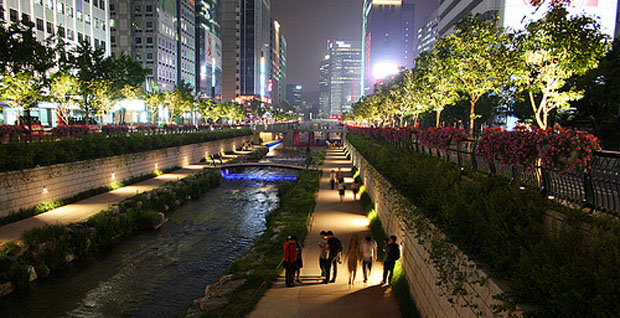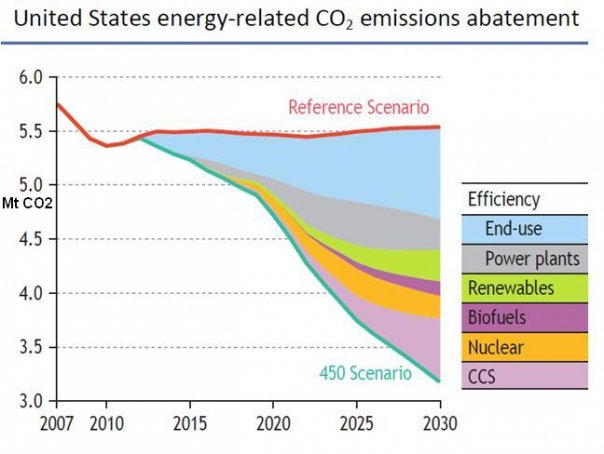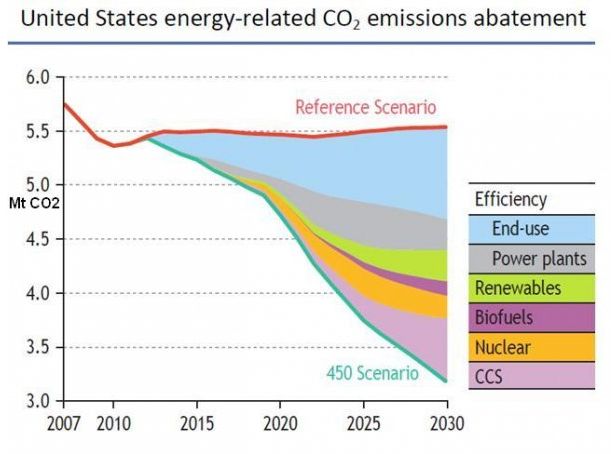Originally posted at Inventing Green.
Following the Department of Energy’s announcement of a loan guarantee for a new nuclear plant, the Nobel Prize-winning head of the agency, Steven Chu, laid out his rationale for nuclear in clear and plain language.
It’s a pretty conventional argument: 1) “no single technology will provide all of the answers,” which is obviously true, and 2) large-scale storage options are necessary for grid-integration.
“[R]emember that wind and solar are intermittent energy sources. The sun isn’t always shining, and the wind isn’t always blowing,” Chu wrote. “Without technological breakthroughs in efficient, large scale energy storage, it will be difficult to rely on intermittent renewables for much more than 20-30 percent of our electricity.”
Which is true enough. I have a lot of hope for compressed air storage, but that’s going to take time to understand and scale up.
There was one part of Chu’s argument that I don’t like, though. He relies on a bogus forecast from the Energy Information Administration about projected future demand to make the case for nuclear.
While we are working at hard as we can to promote energy efficiency in every part sector of America, it is likely that our energy demand will continue to rise. In fact, the Energy Information Administration projects an almost 20 percent increase in overall energy demand and over 30 percent increase in electricity demand over the next 25 years under current laws.
As I’ve reviewed over and over, long-run energy forecasts have been terrifically bad. With some notable exceptions, they have tended to project way too much energy usage over the last 50 years. Yet Chu, like so many others, treats them with far more respect than they deserve.
Using EIA forecasts to justify policy is a convenient way to sidestep having to make a real argument about whether it makes sense to let our energy usage grow or not. Instead, American energy usage growth is seen as inevitable, so that key point doesn’t need to be argued. This is an old and kind of dirty trick. Just check out Philip Sporn using just about the same one in 1971.
And the thing is: you don’t need EIA forecasts to make the argument that Chu does. The need to cut our carbon emissions is a good enough reason to look at nuclear power again, particularly new types of reactors. Compared with burning coal, which is how we generate just under 50 percent of American electricity, nuclear power starts to look pretty good, even given the problems that people have noted for years.
But no one really knows how much a new plant will cost or how long it will take to build one. And that’s using light-water reactors, which pro-nuclear guys like MIT’s Ernie Moniz say will be the only option for the coming couple of decades. If it takes the high-end estimate of 100 months to build a new nuclear plant — more than eight years — than it may not be possible to build enough nukes to, as Chu puts it, “make a serious dent in carbon dioxide emissions.”




